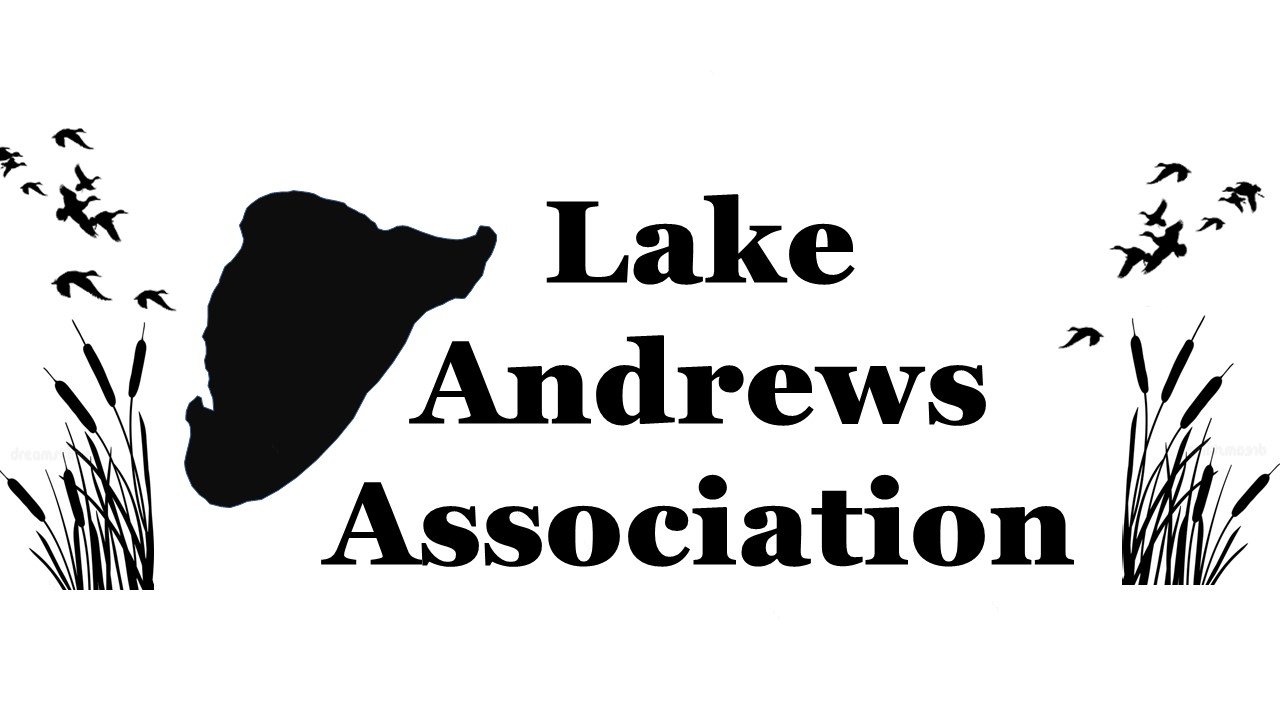History of Lake Andrew
Naming of Lake
Lake Andrews was named for Dr. Andrews. Dr. Andrews was the first physician to locate in Alexandria, where he remained in practice for several years. Dr. Andrews was not only a good physician, but an excellent surgeon. He later moved to Moorhead, where he spent the rest of his life. Inhabitants
Earliest Inhabitants
For Centuries the Northeast Bay on Lake Andrews was used as a winter encampment site for the Native Americans living in the region. The bay would have provided natural shelter from the prevailing Northwest winds and the lake was a reliable winter food supply. Lewis Baker a local Native American historian in the 1930’s had done extensive research on the subject. This was also substantiated with a number of stone artifacts found in the area of the Northeast Bay. One of the artifacts found is a large chisel shaped rock that is typical of those used to break holes through ice for fishing.
Sawmill
In 1895 H. W. Halstead and J. Heibel operated a sawmill on the Northeast corner of the lake. A depression can still be seen where the sawmill was located.
Resorts
In the book “The Early Resorts of Minnesota” by Ren Holland, the resorts listed in 1915 on Lake Andrews were Blakesley’s (Present day Lake Andrews Resort) and Cottage Grove Farm.
Willard Blakesley moved in 1902 to a piece of lake front property on Lake Andrews which became the first resort on Lake Andrews, Blakesley’s Resort, which the family operated until 1946.
Blakesley’s Lake House
Along with cabins, this resort advertised “The Brantford” having a fireplace, four master bedrooms, kitchen and porch, sun porch, living porch, servant’s room, and a bath with hot water. Linens, a boat, and garage were free. The price to rent The Brantford was $35-$50 per week depending on the time of the season. This resort was typical of those that catered to wealthy Southerners who arrived by train. With the invention of the automobile, it was typically the duty of the family’s chauffeur to row the boat while fishing on the lake.
In 1903, Fred Glade bought the farm on Lake Andrews and ten years later, established the Cottage Grove Farm Summer resort, with central dining room and a number of cottages. For twenty years he combined farm work with operating this popular summer resort.
In 1925 Cottage Grove Farm had accommodations for 55 guests, with cottages renting for $2.50 per day of $15 per week.
In the 1920’s a third resort was started on the north side of the lake by Hilmar Ekroth. Hilmar was a cabinet maker by trade. He built a few small cottages that he rented out.
Drought of the 1930s
The level of the lake dropped as much as 8 feet, during the drought years of the 1930’s. The Northeast Bay was totally dried up. The sand bar on the North end of the lake became dry land. Arthur Roth had 15 acres of dry lake bottom planted into flax and sweet clover. When the rains came Arthur had difficulty retrieving a grain binder that was parked on the sand bar. It took one cloud burst of rain to fill the lake. Scars from the rainstorm were still decades later, in the form of eroded gullies from the large volumes of water flowing into the lake.
Fishing
Prior to the drought years of the 1930’s the shallow water of the Northeast Bay was covered with lily pads. With no more than a cane pole, it was easy to catch your limit of sunfish or hook a large bass. The lake was known as one of the best bass lakes in the area. The lake is also known for producing 20-pound Northerns and 12-pound walleyes.
Person’s Wood
A special thank you to Brittany Johnson and her staff at the Douglas County Historical Society for helping with some of the research and finding some great early photos of the lake.


